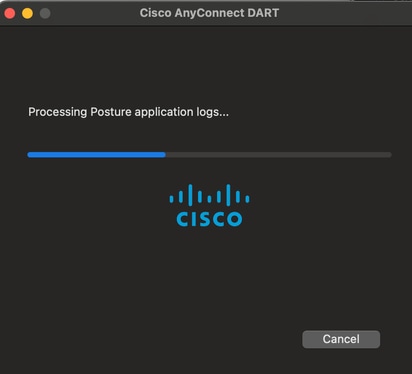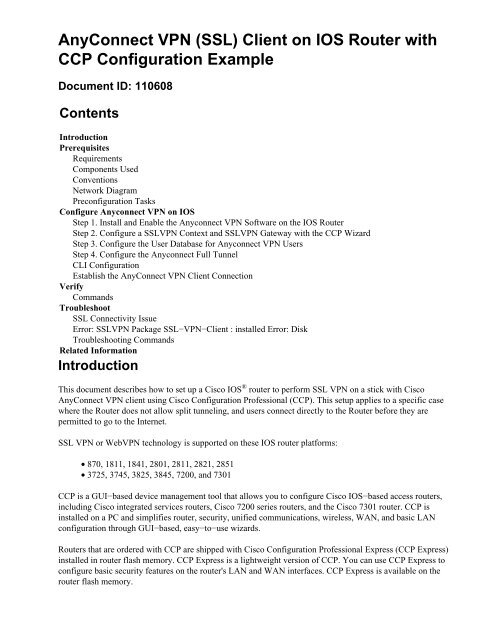
To assign an IP addresses to remote clients we are going to use an address pool. Split tunneling provides a way to control access through a VPN connection by allowing you to specify destination networks, subnets, or host a remote user must access through the VPN tunnel. I should mention that by default, everything goes through the tunnel, and if you want to change this behavior you have to use split tunneling.

The network objects we are going to use in NAT exception and the traffic between VPN clients and the internal network will be exempted from the normal NAT rules.ĪCL is going to be used in split tunnel. So let’s break down these commands to see what these commands are actually doing. (config)# logging class svc buffered debugging (config)# logging class ssl buffered debugging (config)# logging class webvpn buffered debugging (config)# logging class auth buffered debugging Show running-config group-policy An圜onnect-GP Show running-config tunnel-group An圜onnect-TG Username john password Cisco123 privilege 0 Tunnel-group An圜onnect-TG webvpn-attributes Tunnel-group An圜onnect-TG general-attributes Tunnel-group An圜onnect-TG type remote-access Split-tunnel-network-list value An圜onnect-ACL Nat (inside,outside) source static inside_net inside_net destination static An圜onnect An圜onnectĪccess-list An圜onnect-ACL standard permit 192.168.9.0 255.255.255.0 We have the Cisco ASA Firewall (software version 9) and An圜onnect VPN client (version 4). Our plan is to connect the client from the Internet to internal network. It makes VPN connection much more quicker. The UDP header is simpler than TCP, creates less overhead, and consumes fewer resources.

It improves the application performance because UDP transport does not trigger packet retransmission at the VPN layer. DTLS is a standard SSL protocol defined in RFC 4347. It supports low-latency forwarding of delay-sensitive applications, such as IP voice, because of DTLS (Datagram Transport Layer Security) encapsulation. Let me say couple of words about benefits of using the full tunnel SSL VPN. Yes, you can do that, but in my opinion if you want to be a professional, you should be able to configure the network devices through the CLI. You may be wondering why I don’t simply use the graphical user interface like an ASDM. In this article, I’d like to show you my simple way to configure the full tunnel SSL VPN through the CLI (command-line interface).


 0 kommentar(er)
0 kommentar(er)
